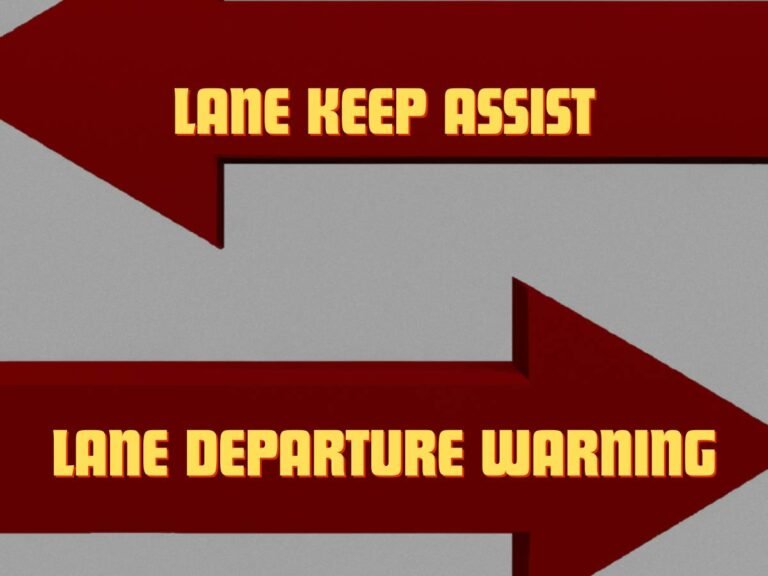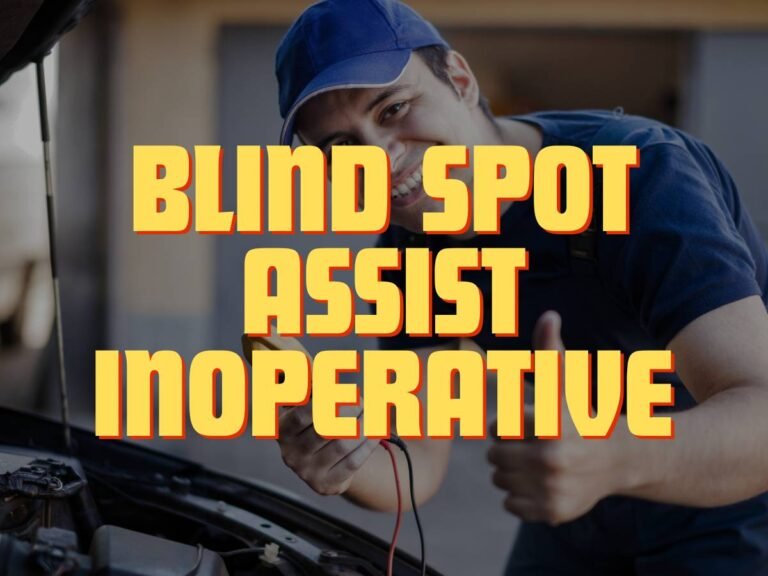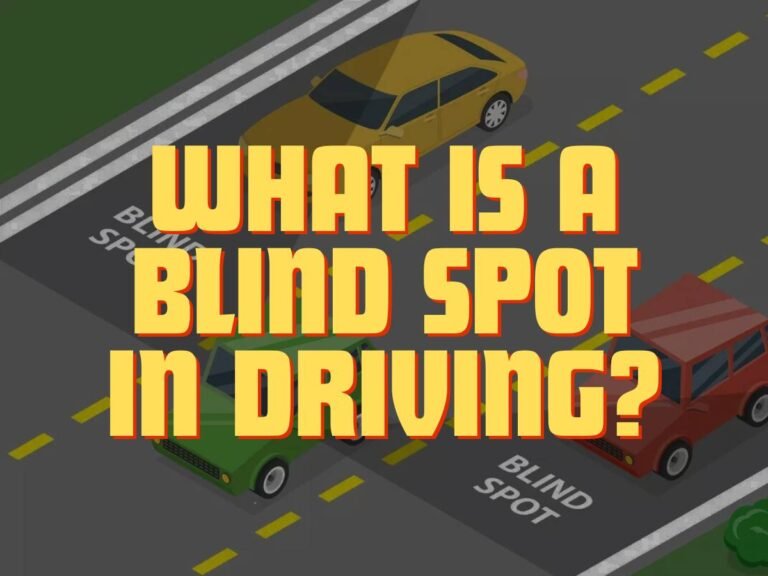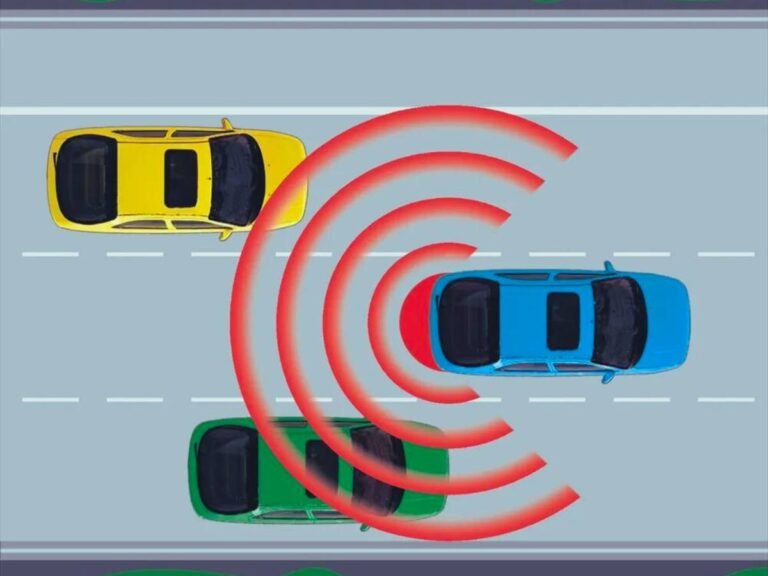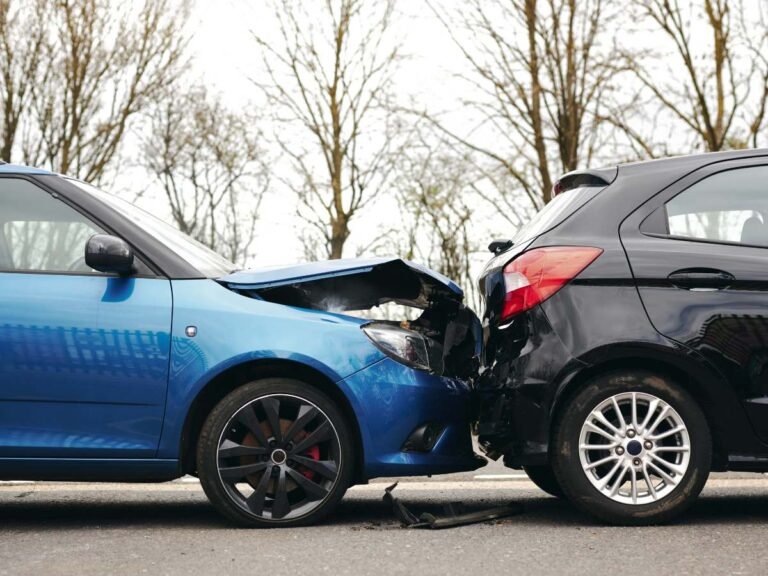What Does Blind Spot Collision Warning Mean?
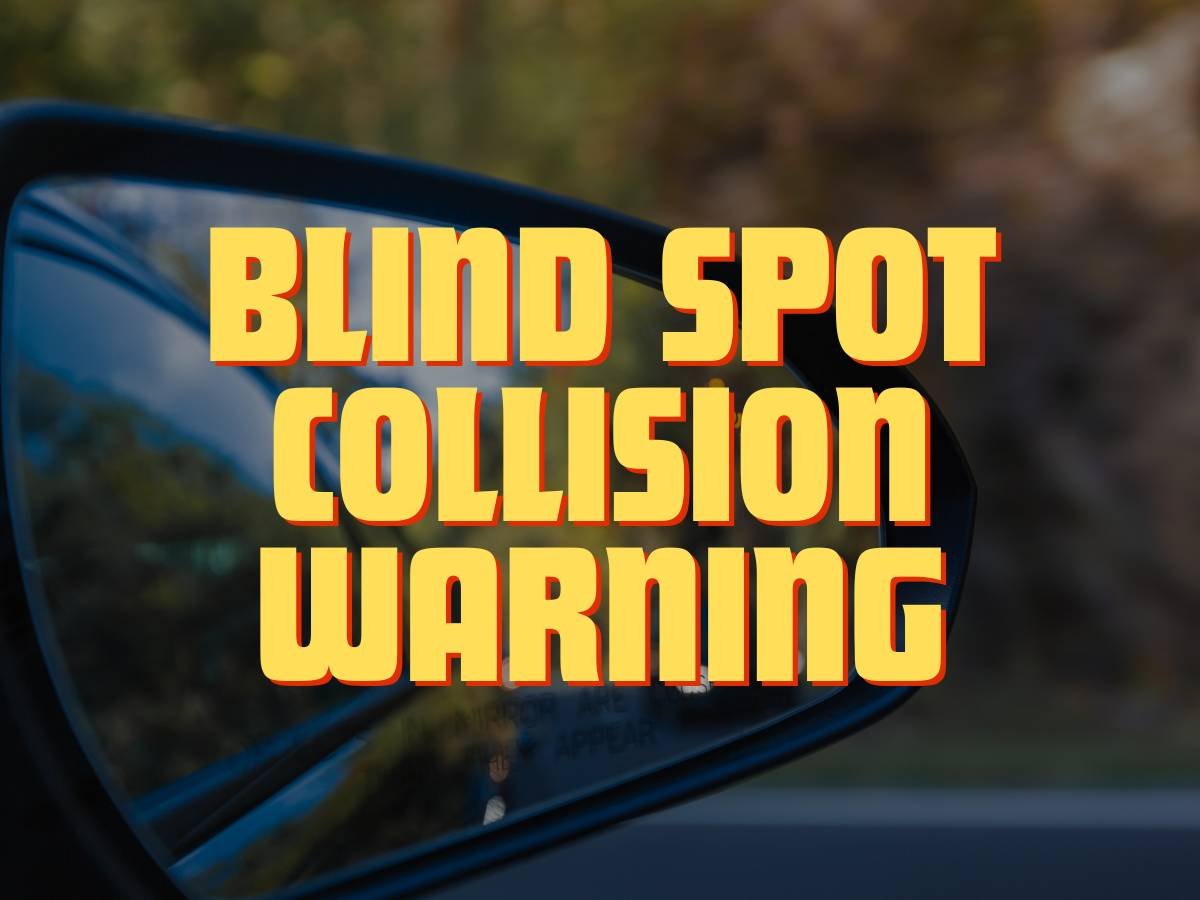
Blind spot collision warning could be a spot-on indication of a potential collision. Generally, it is transmitted in vehicles that use blind spot monitoring systems. This warning indicates that another vehicle is lurking in your no-zones. Thus, you can make a well-informed decision and avoid an accident.
In today’s fast-paced world, almost every car comes with advanced safety features. A blind spot collision warning has gained quite a buzz after its integration with Tesla. However, many other vehicles also utilize this function. So, let’s look at it in detail to provide a clearer picture!
Introduction to Blind Spot Collision Warning
Blind spot collision warning systems are advanced safety features in modern vehicles. These systems use various sensors and technologies to alert drivers of nearby vehicles or objects. Generally, they continuously monitor the blind spots or danger zones of a car. By providing real-time alerts, blind spot collision warning systems significantly reduce the risk of accidents.
Blind spot collision warning systems play a pivotal role in enhancing road safety. They offer drivers an additional layer of protection by monitoring the areas around their vehicles that are not visible in the side or rearview mirrors.
This technology significantly reduces the likelihood of accidents caused by lane changes or merging into adjacent traffic, thus saving lives and preventing injuries.
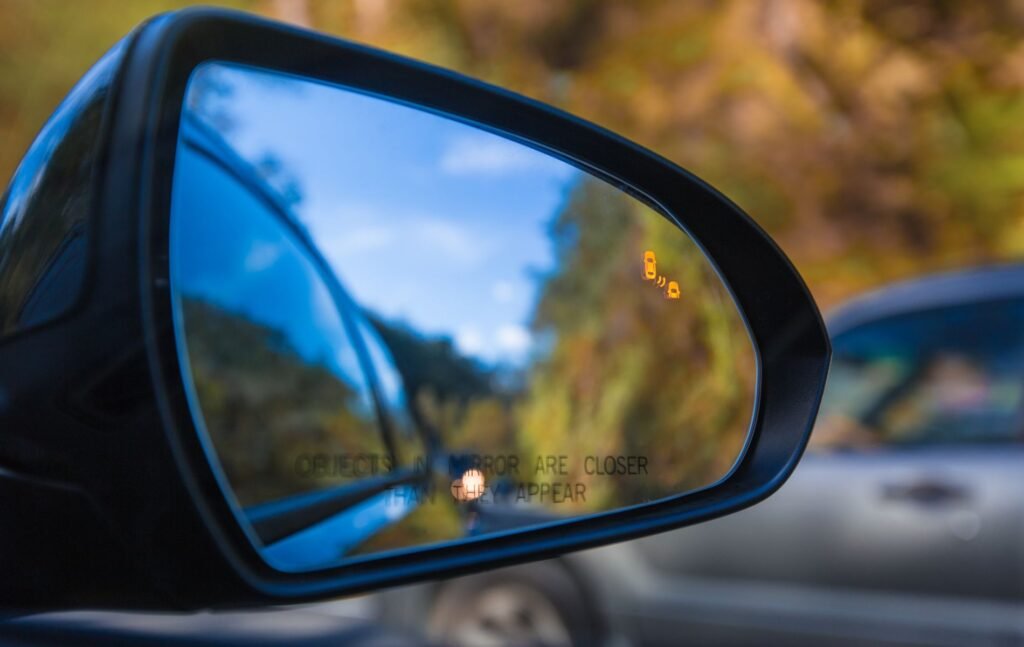
Framework of Blind Spot Collision Warning
Blind spot collision warning systems utilize various sensor technologies, including radar, cameras, and ultrasonic sensors. Their primary function is to detect nearby vehicles or obstacles.
Generally, you receive the blind spot collision warning when a vehicle enters your no-zones. The system alerts the driver through visual, auditory, or haptic feedback. This immediate notification allows the driver to take corrective action, such as adjusting their lane position. Alternatively, you can refrain from changing lanes until the blind spot is clear.
Top Car Models that Use Blind Spot Collision Warning
Let’s look at some well-known car models that utilize the blind spot collision warning safety feature:
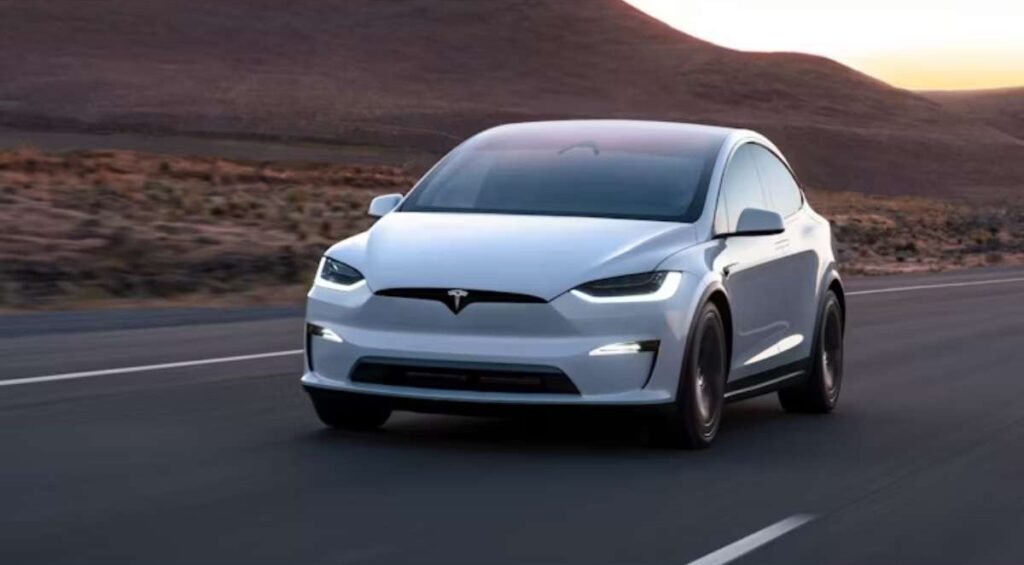
1. Tesla
As mentioned earlier, Tesla is basically the pioneer of popularizing blind spot collision warning. Here are its most recognized models with this feature:
- Tesla Model X
- Tesla Model 3
- Tesla Model S
- Tesla Model Y

2. Toyota
Toyota is one of the most recognizable car manufacturers with safety features. The following are some of its models with blind spot warnings:
- Toyota Camry
- Toyota Corolla
- Toyota RAV4
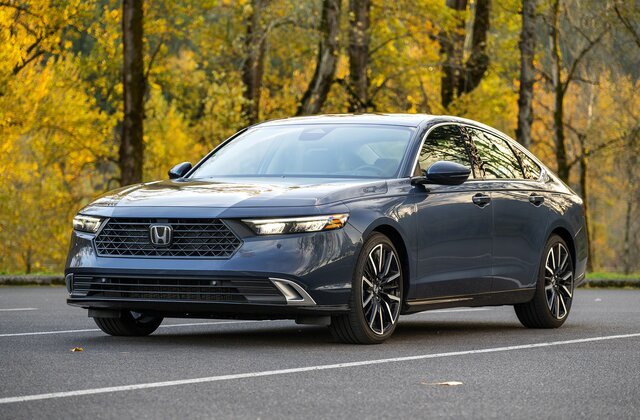
3. Honda
Let’s look at some Honda car models that integrate blind spot collision systems:
- Honda Accord
- Honda Civic
- Honda CR-V
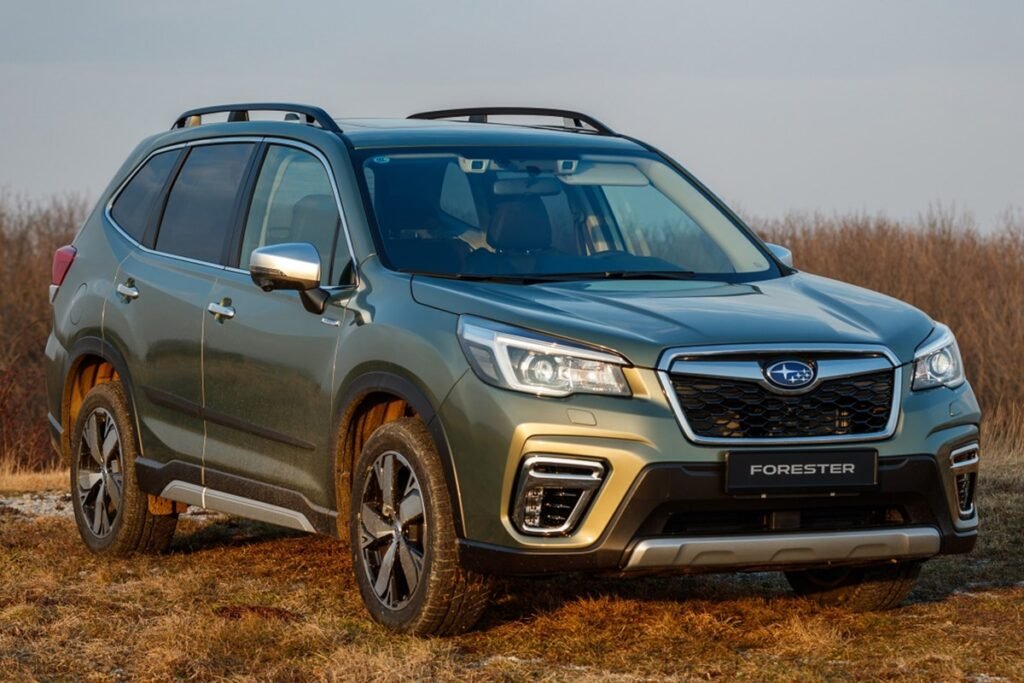
4. Subaru
Here are the Subaru car models that come with blind spot collision systems:
- Subaru Legacy
- Subaru Forester
- Subaru Outback
- Subaru Crosstrek
- Subaru Ascent
Blind Spot Collision Warning – Installation & Cost Considerations
When considering blind spot collision warning systems, it’s essential to understand the installation process and costs. Let’s delve into the different options available:
Aftermarket Blind Spot Collision Warning
Aftermarket blind spot collision warning systems offer a flexible solution for drivers. These systems can be installed on existing vehicles, providing an affordable option for those needing upgrade. Aftermarket systems vary in price depending on the brand, features, and installation requirements.
Factory-Installed Blind Spot Collision Warning
Many newer vehicles come equipped with factory-installed blind spot collision warning systems. These systems are seamlessly integrated into the vehicle during manufacturing, ensuring optimal performance and reliability. The cost of factory-installed systems is typically included in the vehicle’s overall price. It’s essential to consider this factor when purchasing a new car.
Cost Considerations for Blind Spot Collision Warning System
When evaluating the cost of blind spot collision warning systems, several factors should be taken into account:
- Aftermarket Costs: Aftermarket systems generally range from $200 to $1000, depending on the brand and features.
- Factory-Installed System Costs: Factory-installed systems are included in the overall price of the vehicle. The cost can vary depending on the make and model of the car.
- Installation Costs: Installation costs for aftermarket systems can range from $100 to $300. Generally, it depends on the complexity of the installation and whether it’s done professionally or DIY.
Blind Spot Collision Warning – Maintenance & Inspection
Now, we know the installation and costs of blind spot collision warning. But that’s not all. It is equally important to know about its maintenance. Let’s look at that in detail!
Regular System Checks
Regularly checking the functionality of your blind spot collision warning system is crucial to ensure it is operating correctly. Here are some steps to follow:
- Visual Inspection: Periodically inspect the sensors, usually located on the rear bumper or side mirrors, for any signs of damage, dirt, or debris that may obstruct their view.
- System Activation: Check to ensure the system activates correctly when you start your vehicle. Look for any warning lights on the dashboard that indicate a malfunction.
- Functional Testing: While driving, test the system by intentionally driving into the blind spot of another vehicle in a safe environment. Ensure the system provides timely and accurate alerts.
Cleaning the Sensors
Remember that the blind spot collision warning system relies entirely on its sensors. Thus, cleaning them is essential. Here’s how to do it:
- Use a Soft Cloth: Gently wipe the sensors with a soft, clean cloth to remove any dirt, dust, or debris. Avoid using abrasive materials that could scratch the sensors.
- Cleaning Solution: If necessary, use a mild cleaning solution or soapy water to remove stubborn dirt or residue. Ensure the solution is gentle and won’t damage the sensors.
Conclusion
Now, you know everything about the blind spot collision warning. Needless to say, it is a long-term investment that ensures your road safety. Moreover, it provides peace of mind, knowing that your blind spots are monitored throughout your driving journey.
The good part is that its installation process is straightforward. You can opt for DIY installation if you have technical experience. Alternatively, professional assistance is available, too. Either way, the system can enhance your safety, driving skills, response time, and decision-making ability.

